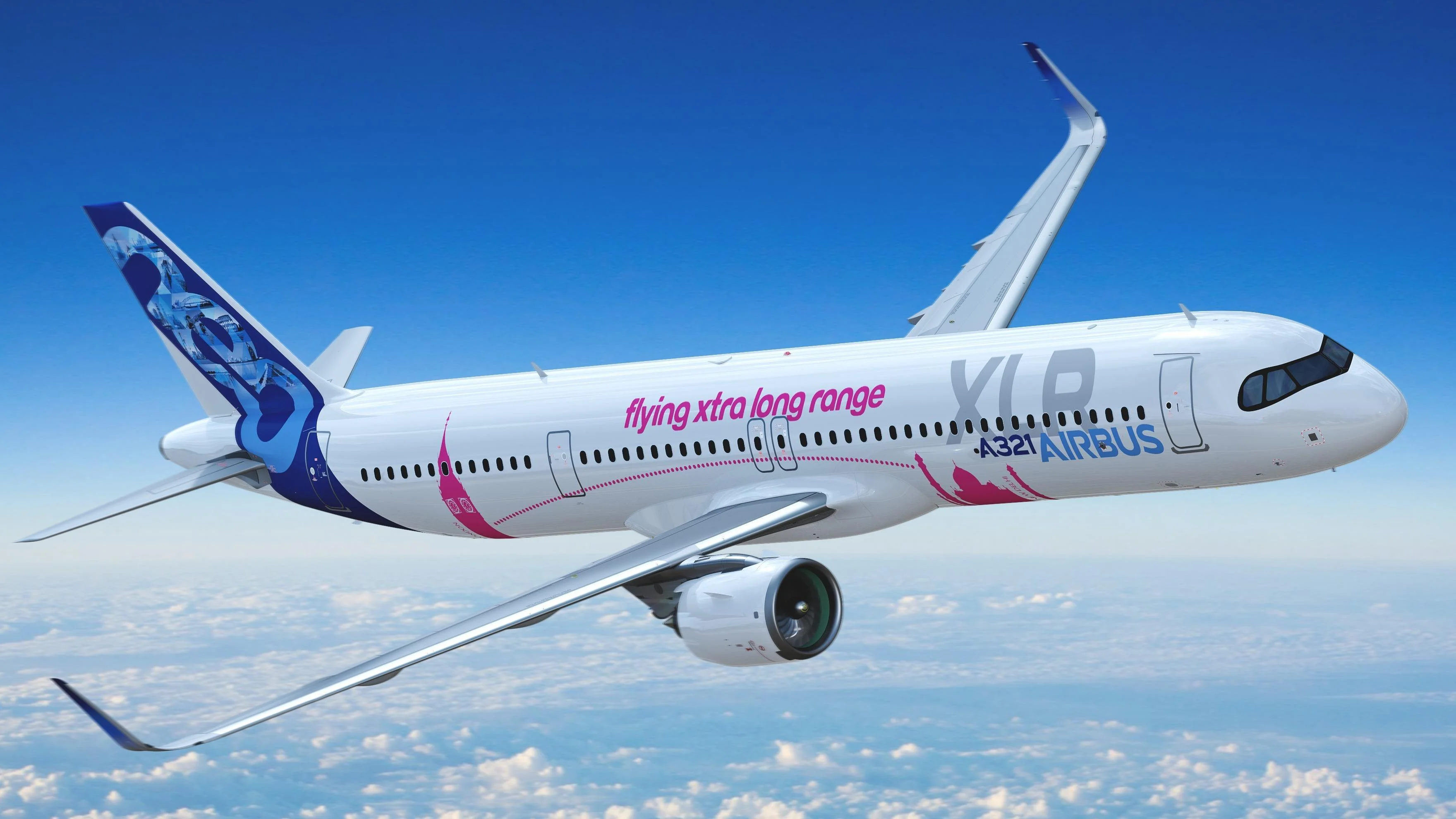Cebu Pacific has significantly impacted the aviation industry in the Philippines by implementing a low-cost carrier model that appeals to a broad middle-class Filipino market with its affordable fare structure. As of the end of 2024, Cebu Pacific's fleet consisted of 98 aircraft, including narrowbody and widebody Airbus planes and turboprops, with an average fleet age of 5.9 years.
The airline owes its success to various factors, including running a high-density, single-class fleet, which enhances operational efficiency. Given the geographical nature of the Philippines, consisting of over 7,100 islands, air travel is crucial, and the steadily growing population (projected to reach 130 million by 2030) contributes to the high demand for air travel.
Tourism in the region benefits from Cebu Pacific's low fares, with 2 billion people living within a four-hour flight from Manila. The airline currently has the highest domestic market share at 58%, with Philippine Airlines as its main competitor holding a 28% share. Cebu Pacific serves 37 domestic destinations and 26 international ones across Asia and Australia.
 Alerts Sign-up
Alerts Sign-up











